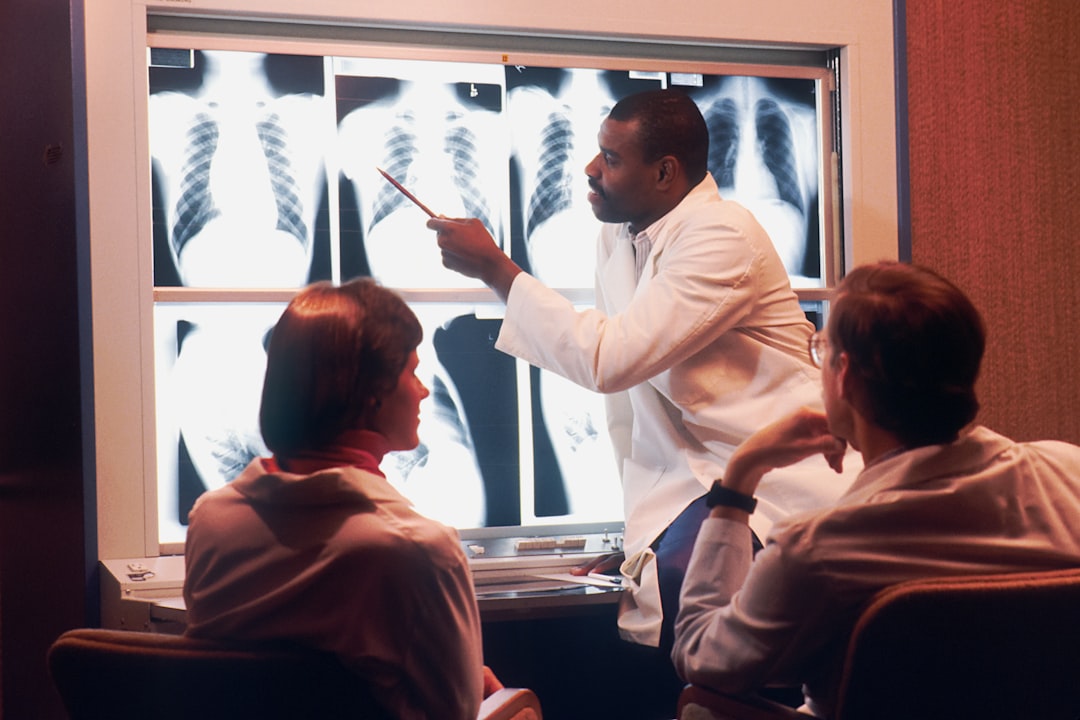What is it about?
The dental pulp cells have the capability to respond towards tooth injury. Over time, the dental pulp cells such as odontoblasts, subodontoblasts and fibroblasts undergo age changes where a reduction in the cell density and changes in cell morphology were observed. These changes may affect the dental pulp's capability to respond to tooth injury
Featured Image
Why is it important?
The dental pulp cells has many important roles and are involved in tooth repair when there is tooth injury. Understanding the age changes of the dental pulp is important as over time, the dental pulp's capability to respond to tooth injury may be limited.
Perspectives
With the advancement of oral health care and treatment, may people are retaining their natural teeth. It is therefore important to understand the age changes of the dental pulp cells as over time the reduction in the dental pulp cell density and changes in cell morphology may contribute to the pulp's limitation in tooth repair.
Marina M Bakri
University of Malaya
Read the Original
This page is a summary of: Changes in cell density and morphology of selected cells of the ageing human dental pulp, Gerodontology, September 2014, Wiley,
DOI: 10.1111/ger.12154.
You can read the full text:
Contributors
The following have contributed to this page










